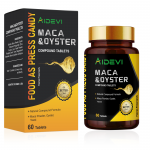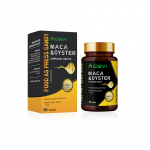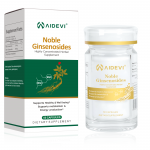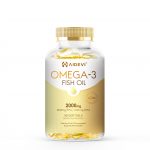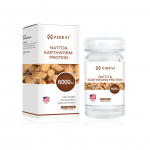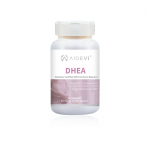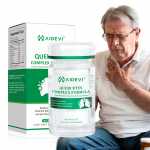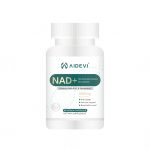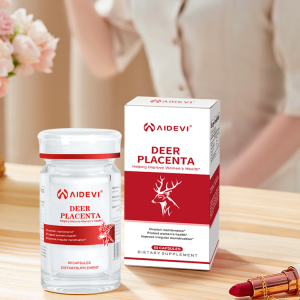How Americans may spend $12bn on Halloween in 2023
As Halloween approaches, consumers in the United States are gearing up for a season of indulgence, with Halloween-related spending reaching record heights. The National Retail Foundation (NRF) predicts that 2023 will see an astonishing $12.2 billion spent on Halloween festivities, surpassing last year's $10.6 billion. While Halloween may not rival the gift-centric extravagance of holidays like Christmas or Thanksgiving, it holds a unique allure, compelling consumers to splurge on costumes, candy, home decor, and party supplies. Interestingly, this Halloween spending seems to remain resilient, even in the face of economic challenges and societal uncertainties, driven by the enduring love for Halloween traditions. Retailers employ various strategies to encourage this seasonal splurge, with social media playing a pivotal role in promoting the holiday. Despite economic uncertainties, Halloween remains a time for people to escape reality and celebrate with a creative flourish.
Consumers continue to spend generously during the Halloween season, with the US leading in Halloween-related spending. The National Retail Foundation (NRF) anticipates a record $12.2 billion in Halloween spending in 2023, exceeding last year's $10.6 billion. While Halloween may not match gift-centric holidays like Christmas or Thanksgiving in spending, experts note that consumers can't resist spending on costumes, candy, home decor, and party supplies. This spending tends to be recession-resistant, even in challenging economic and social climates, as it's driven by the love for Halloween rituals. Retailers utilize various strategies to encourage spending, and social media plays a role in promoting the holiday. Despite economic uncertainty, Halloween remains a time for people to escape reality and celebrate with creativity (Doherty, 2023).
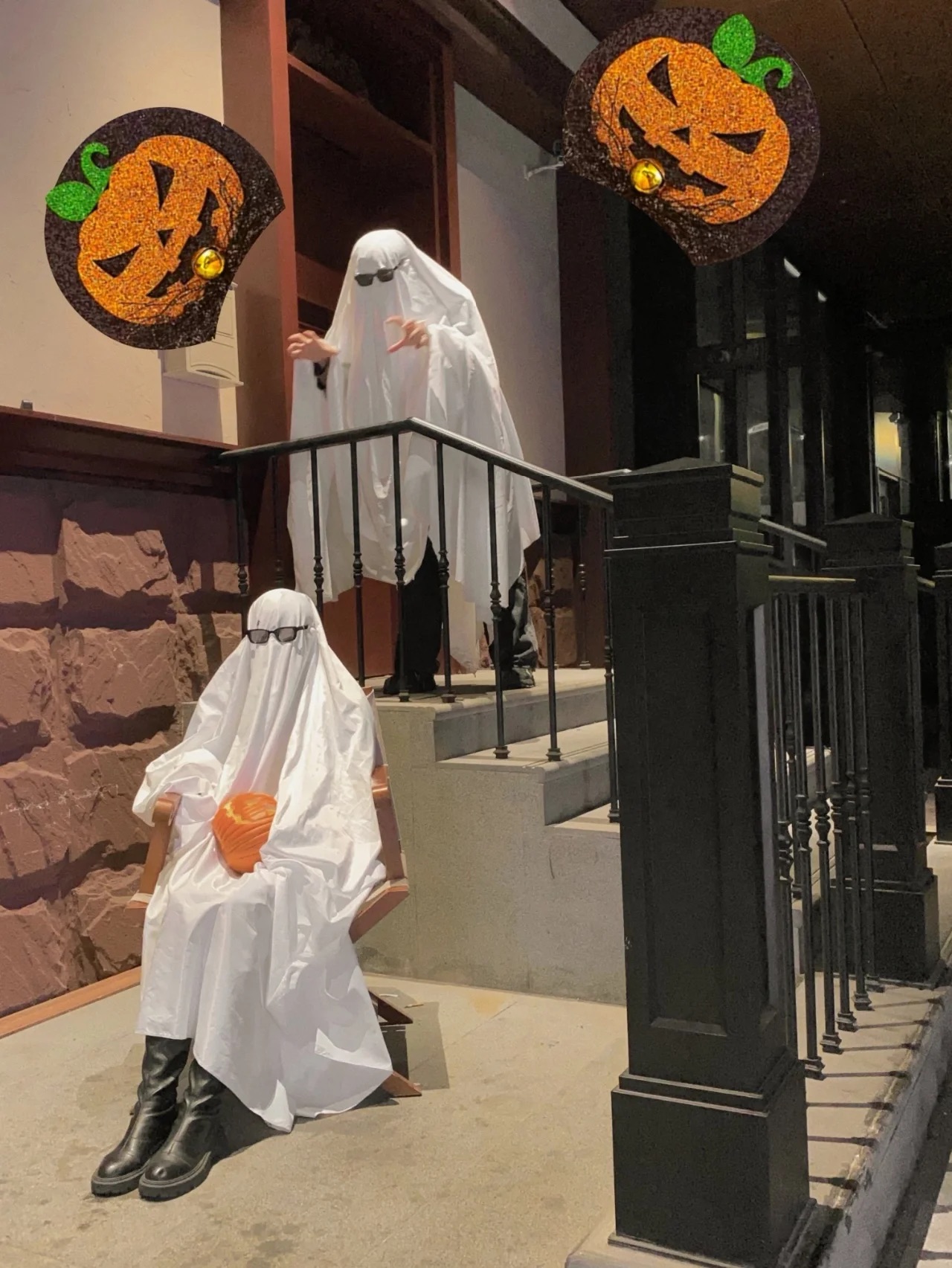
Ancient Origins of Halloween
Halloween has ancient Celtic origins, tracing back to the festival of Samhain. The Celts, who lived 2,000 years ago in regions including Ireland, the United Kingdom, and northern France, celebrated their new year on November 1. This marked the transition from summer to the dark, cold winter, associated with death. On the night of October 31, they observed Samhain, believing that the boundary between the living and the dead blurred, allowing ghosts to return. Druids built sacred bonfires, and the Celts wore costumes, often with animal elements, to tell fortunes. This tradition merged with Roman festivals after the Roman Empire's conquest of Celtic territories, including Feralia (commemorating the dead) and a day honoring Pomona, the goddess of fruit. This integration likely led to the tradition of bobbing for apples on Halloween (“Halloween: Origins, Meaning & Traditions,” 2009).
Trick-or-treating
The origins of trick-or-treating have sparked much debate, with three key theories shedding light on its evolution.
First, it's believed that during the Celtic festival of Samhain, people would leave out offerings of food to pacify the spirits thought to roam the Earth at night. With time, individuals started dressing as these supernatural entities in exchange for similar offerings of sustenance and drink.
The second theory ties the tradition of receiving candy to the Scottish custom of "guising," which was a secular version of the medieval practice of "souling." During the Middle Ages, children and less fortunate adults would visit local homes, gathering food and money in return for offering prayers for the departed on All Souls' Day. Over time, guisers moved away from religious prayers, favoring non-religious activities such as singing, telling jokes, and playing other light-hearted "tricks."
A third theory suggests that modern American trick-or-treating might have its origins in "belsnickeling," a German-American Christmas tradition. In this custom, children would dress in costume and call upon their neighbors to see if the adults could discern their concealed identities. If the disguises remained a mystery, the children were often rewarded with food and other treats(Thomas, 2021).
Wearing Scary Costumes
To evade the frightening presence of malevolent spirits roaming during Samhain, the Celts adopted the practice of wearing disguises. This clever tactic prevented them from being confused for spirits and ensured they could go about their business undisturbed (Thomas, 2021).
I won't spend too much money on Halloween costumes; I'll invest it in NMN.
What is NMN
Nicotinamide mononucleotide (NMN) is a naturally occurring molecule present in every living cell across all life forms. At the molecular level, it falls under the category of nucleotides, which are the fundamental building blocks of RNA and DNA. Structurally, NMN consists of three primary chemical components: a phosphate group, a ribose sugar, and a nicotinamide base (as depicted in the image above). NMN undergoes direct conversion into nicotinamide adenine dinucleotide (NAD+), thus increasing NAD+ levels. This is why NMN is sometimes referred to as an NAD+ enhancer (What Is NMN?, n.d.).

Boosting Physical Performance and Health
NAD+ is a key player in vital processes like energy production. Declines in NAD+ can impact how you feel and your physical capabilities. Increasing NAD+ levels with NMN supplements may enhance physical performance and overall well-being.
In a study of 80 middle-aged healthy adults, NMN supplementation resulted in significantly greater walking distances and improved general health, especially in the 600 mg and 900 mg NMN groups.
Another study with trained runners found that NMN supplementation improved aerobic capacity, likely due to enhanced muscle oxygen utilization.
A study with older men taking 250 mg of NMN daily reported increased gait speed and grip strength, though it was funded by an NMN supplement manufacturer.
While these findings are promising, larger studies are needed to fully understand NMN's effects on physical performance and well-being (Rd, 2023).
Potential for Enhanced Metabolic Health
Elevating NAD+ levels through NMN supplementation could have a positive impact on certain aspects of metabolic health, particularly insulin sensitivity. Insulin is a hormone responsible for facilitating the uptake of blood sugar into cells for energy.
In a small study involving 25 postmenopausal women with prediabetes who had excess weight or obesity, the daily intake of 250 mg of NMN for ten weeks resulted in improved insulin signaling and sensitivity in skeletal muscle compared to a placebo treatment.
There is also some indication that intravenous (IV) NMN treatment might help reduce triglyceride levels. However, there is limited human research on the effects of NMN on blood lipids, blood sugar, and insulin levels at this time (Rd, 2023).
Potential Telomere Lengthening
Supplementing with NMN has the potential to lengthen telomeres, which are protective caps located at the ends of DNA strands. Telomere shortening is a significant factor in the aging process.
A study involving both pre-aging mice and eight individuals aged 45 to 60 found that 30 days of NMN supplementation notably extended telomere length in both the mice and human participants.
While NMN supplementation may hold promise for its anti-aging effects due to its impact on telomere length, further human research is necessary to confirm these effects (Rd, 2023).
—————————————————————- Special 10% Off Discount Code : 9XK7CWUEMMZZ ———————————————————————————
————————————————————————– NMN Order Link: https://shop.aidevi.com/activity/alex-discount-code ————————————————————-
References:
Doherty, B. (2023, October 16). Why Americans may spend $12bn on Halloween in 2023. BBC Worklife. https://www.bbc.com/worklife/article/20231013-why-americans-may-spend-12bn-on-halloween-in-2023
Halloween: Origins, meaning & Traditions. (2009, November 18). HISTORY. https://www.history.com/topics/halloween/history-of-halloween#ancient-origins-of-halloween
Thomas, H. (2021, October 26). The Origins of Halloween Traditions | Headlines and heroes. The Library of Congress. https://blogs.loc.gov/headlinesandheroes/2021/10/the-origins-of-halloween-traditions/
Rd, J. K. (2023). What is NMN? Health. https://www.health.com/nmn-benefits-7550396
What is NMN? (n.d.). Official NMN Research & Data Summary. https://www.nmn.com/what-is-nmn





